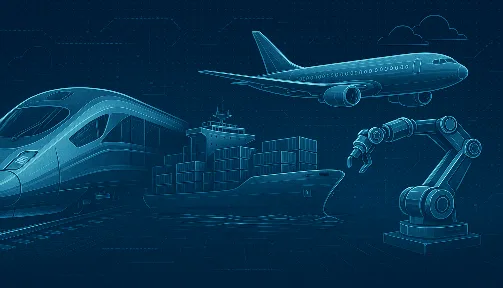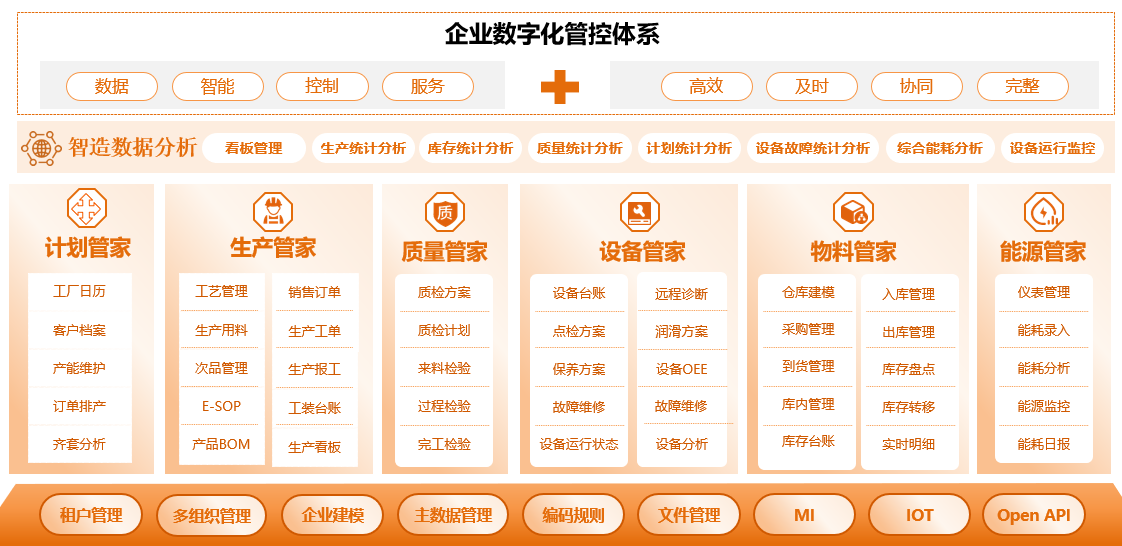1. Technology-intensive and capital-intensive: Covering numerous cutting-edge disciplines, with extremely high technical barriers, long research and development cycles, and requiring huge capital investment and continuous technological accumulation.
2. High system integration: The product is a complex system engineering project, consisting of tens of thousands of components. It requires extremely high capabilities in final assembly integration, supply chain management, and collaborative manufacturing.
3. Strong policy orientation and planning: It is closely related to national strategies and national defense security. It is significantly influenced by industrial policies, long-term plans, and national projects, and the orders tend to be highly planned.
4. Safety and reliability come first: Product quality directly affects life safety. There are extremely strict requirements for reliability, safety, and durability, and the certification and access standards are extremely rigorous.
5. Global oligopolistic competition: The high-end market is dominated by a few internationally renowned companies with strong technological capabilities, resulting in an oligopoly structure with extremely high entry barriers.
6. Long产业链's driving effect: With a long industrial chain, the radiation and driving effect is extremely strong, which can effectively promote the upgrading of related industries such as metallurgy, new materials, electronics, and software.




